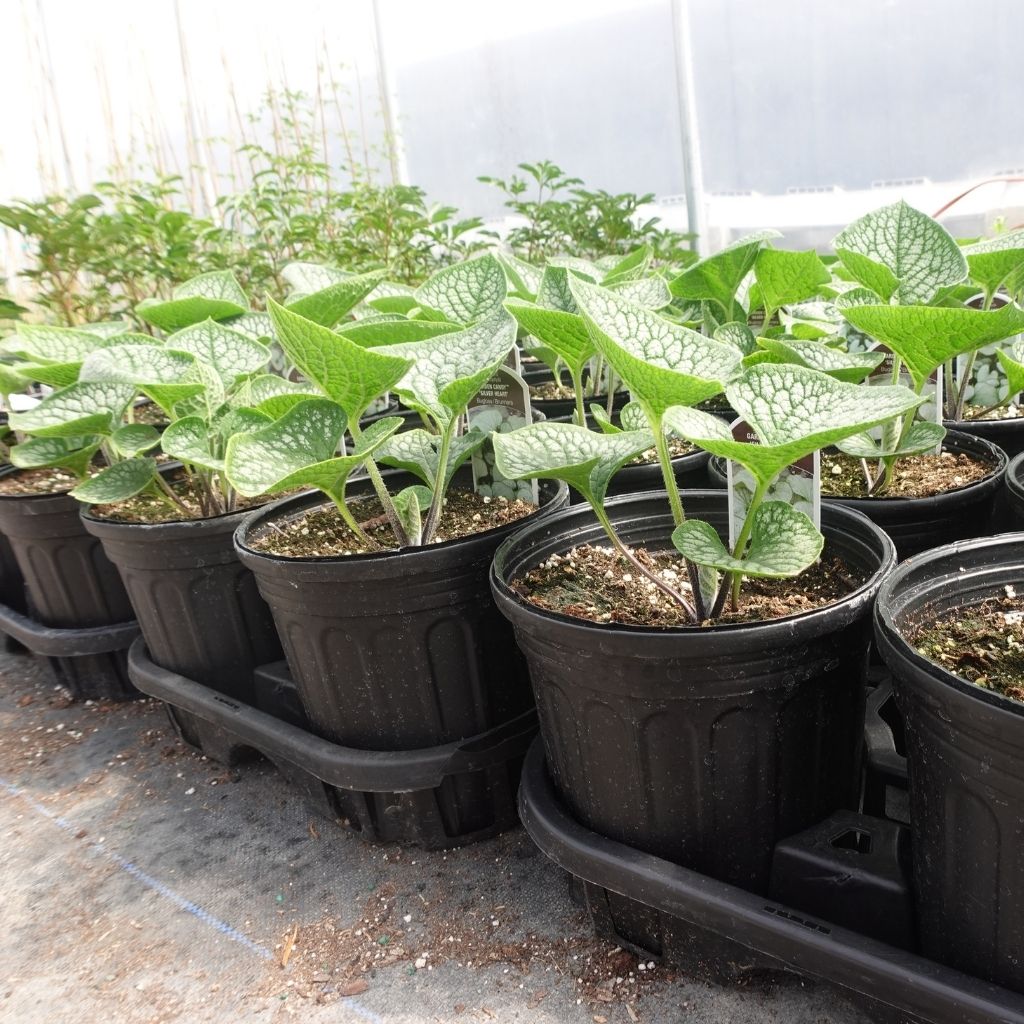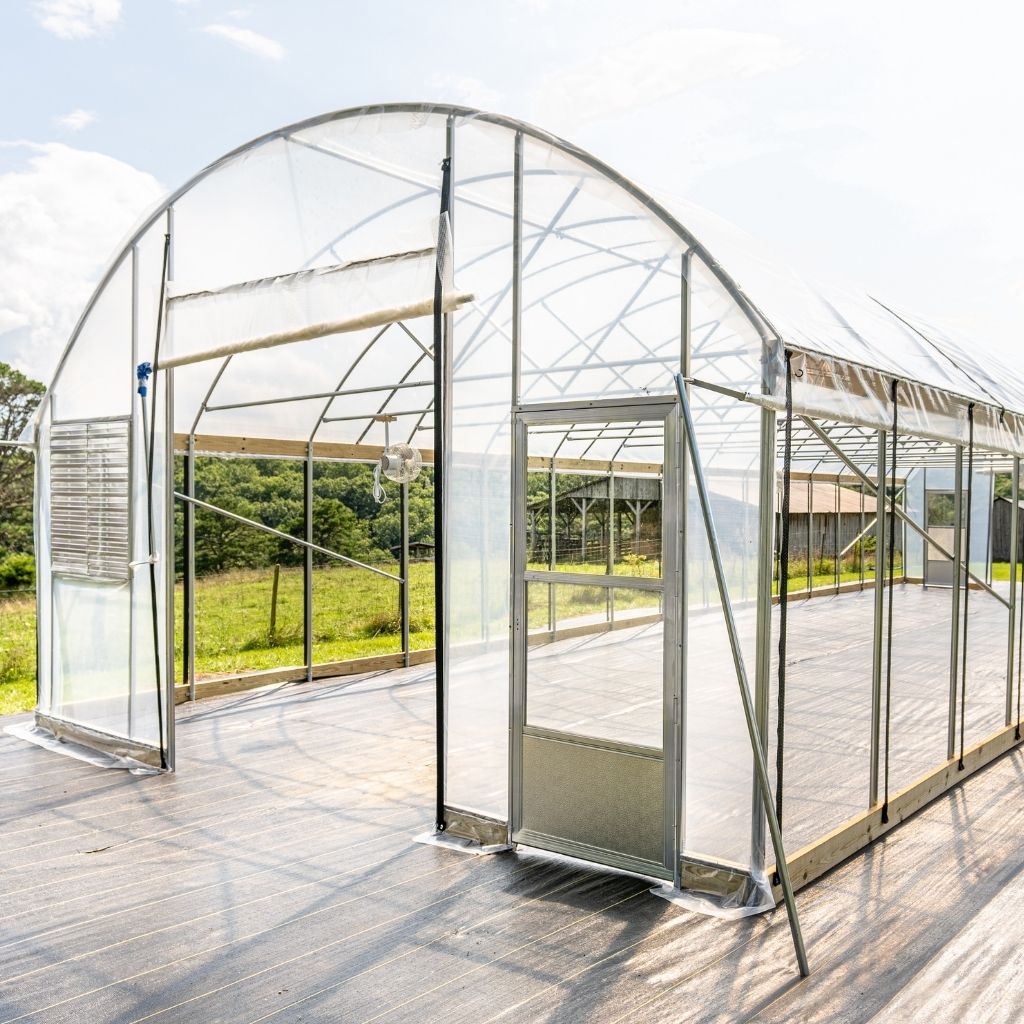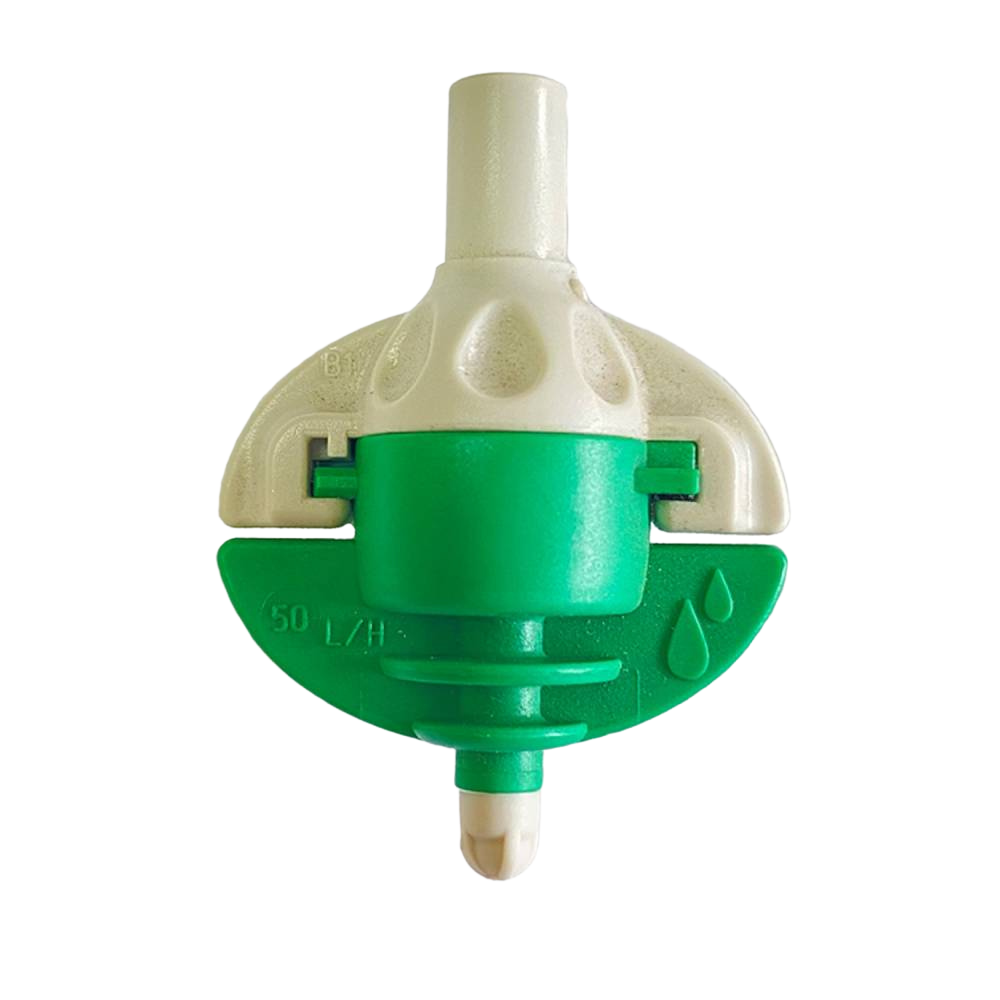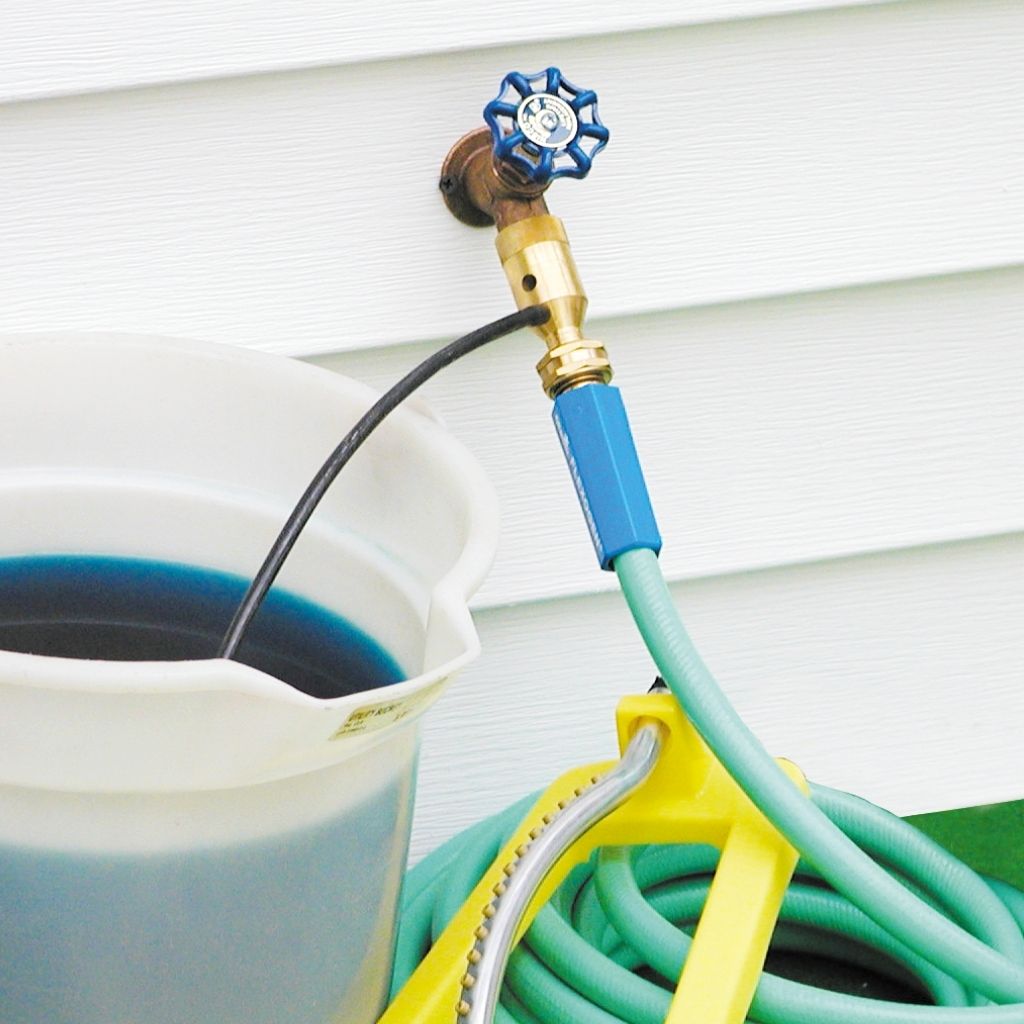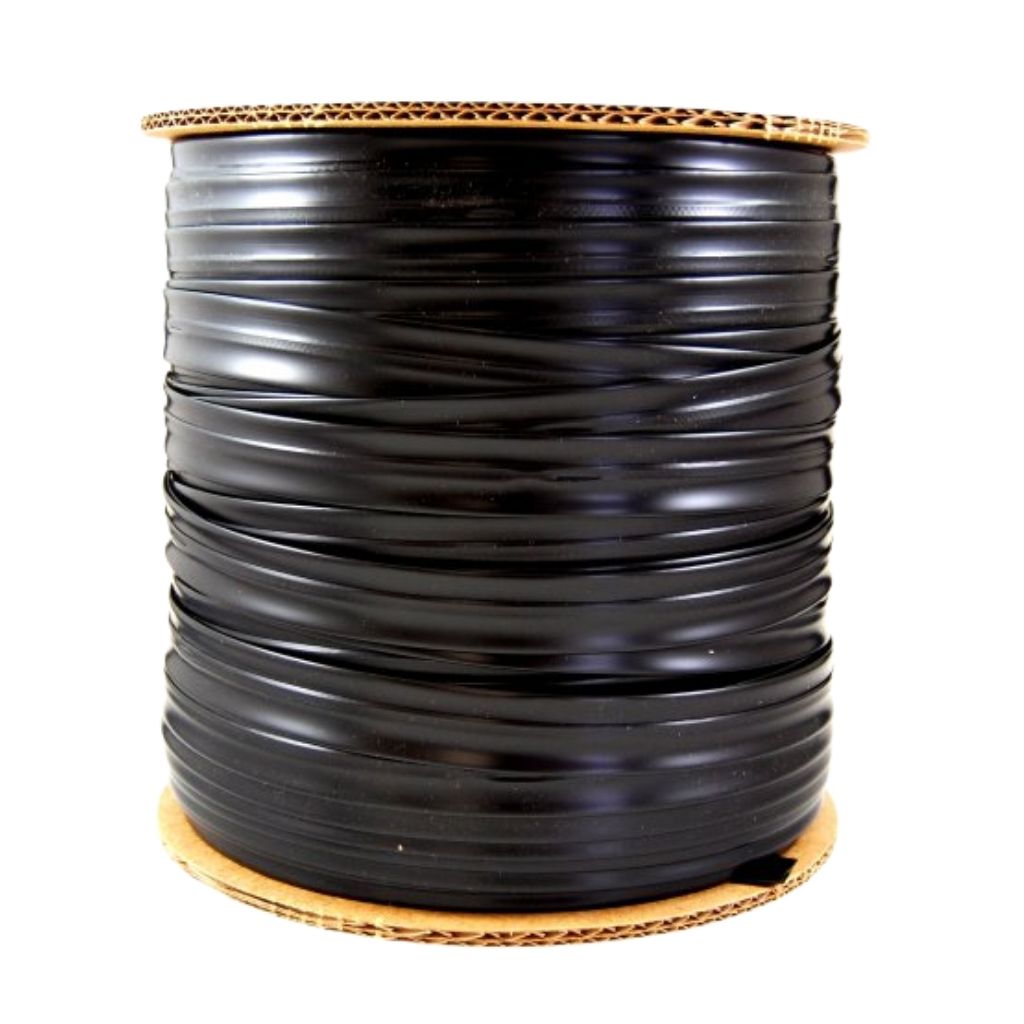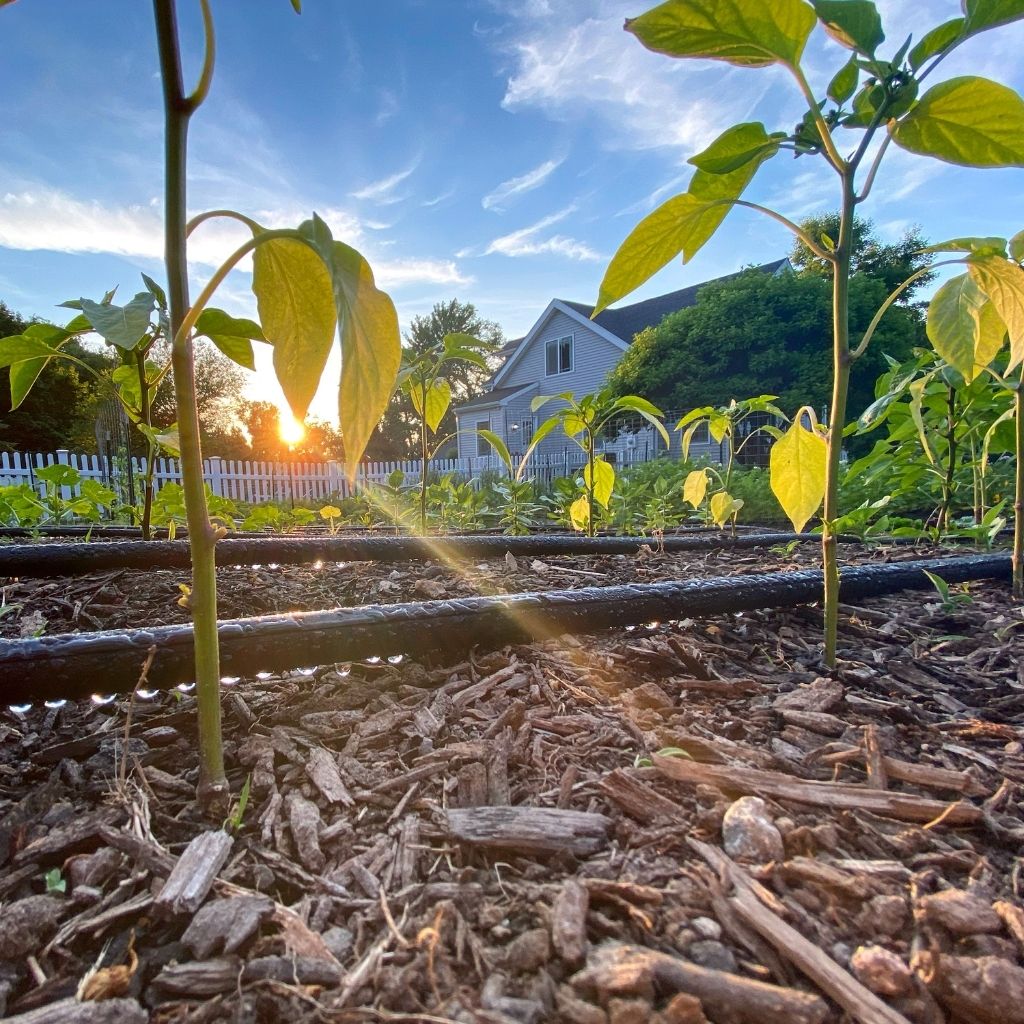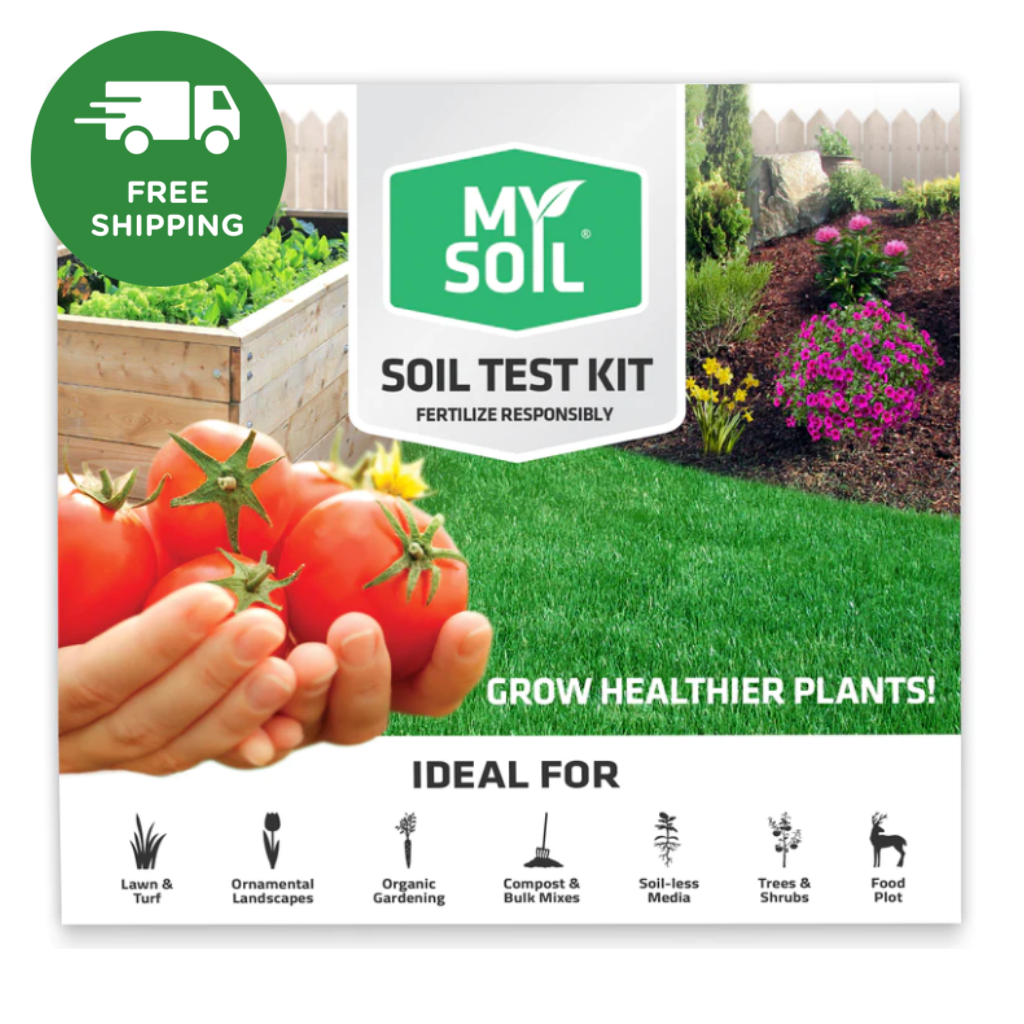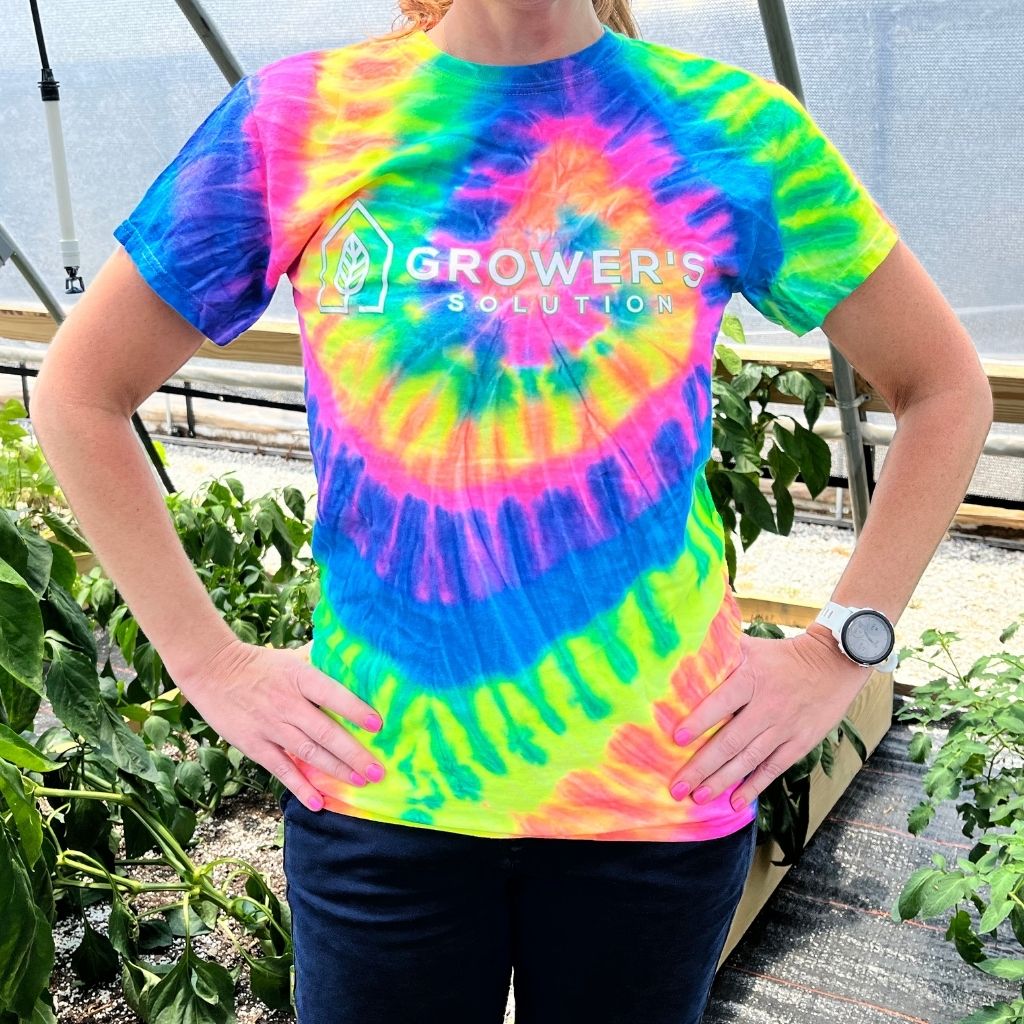The Peanut Plant
Peanuts: The Bean for Soil Building
The peanut is not a nut it is a bean. The pod, like other legume family members, is in the ground. The peanut forms a yellow flower and shoots down into the ground where the peanut clusters form. It is a unique plant because when pollen is collected by the pistil, it travels through the whole plant, from the flower, down through the stem and into the root system where the peanut pod is made. The Barefoot Farmer, a local Tennessee farmer, remarks that he prefers €œthe Virginia peanut better than the Tennessee variety, regardless of the name. This plant is remarkable for its soil building qualities, flavor, and subtle warning signs of soil health.
These monoculture varieties of peanuts, with their soft permeable shell, are probably our first indicators of environmental pollutants. Many years have gone by where people develope cancers, allergies, and died of peanut particles contacting their food. The mass of food allergies that affect our culture are signs of an unhealthy way of food cultivation. The peanut absorbs toxins into the shell, and into the bean, the peanut we eat. Cotton, a highly monocultured crop, has been genetically engineered, aided by chemical herbicide, pesticide, and fertilizers leaving behind residues for newly sown peanut crops to absorb, that later follows the cotton plant's harvest.
If you are allergic to peanuts, the tasty buttery, nutty flavor of a savory bean, it is not your predisposition to a toxic plant, but the environment in which it was cultivated that may be the cause of your allergic reaction. The evolution and symbiotic relationship with our environment has created food to be digested by every human on earth. The interaction with our plants, ecology, and economy has clashed together to predispose certain percentages of the population with the allergic reaction to peanuts. Years of natural selection that it took to create the allergen problem, are required to correct it with proper crop rotation, propagation, fertilization, and cultivation.
Glyphosate, a unique chemical applied to cotton fields, severely damages beneficial microorganisms in the soil. This produces a soil structure less beneficial to future crops, and provides more problems during the sowing of peanuts and the harvesting for consumption. Just like the carrot flesh, which is extremely sensitive to petroleum contaminants in the soil, air, and water, which is noticed by experienced carrot consumers, the peanut has the subtle ability to absorb even smaller, unnoticeable toxic chemicals. This could be a good thing if we used the peanut to remove toxins, and somehow developed another way to process the peanut for soil building, rather than selling it off as a low priced commodity.
If you have noticed in your local organic food isle, organic peanut butter is much different tasting, with a unique texture. Organic peanut butter, in my observation, was one of the first mainstream-marketed organic products on the shelf at my local grocery store. Coincidence, I think not, it probably has to do with the peanut being the Miners, canary for the cave, for gardeners. As the canary would lose color, and stop singing during gas leaks, the peanut shows us the harmful effects of modern day plant cultivation in the form of allergens. The peanut is the crop for early warning signs of ground containments, and potential problems with our growing population, and the conflicting chemicals with our gene structure.
Growing peanuts require soil with ample drainage. Compost, manure, sand, and sphagnum peat moss is essential components to peanut soil. When the soil warms to between 60 and 70 degrees, sow 1 inch deep, and water weekly. The plants grow to one and half feet tall, and should be thinned to 10 inches apart, carefully not to bury its crown. Peanuts supply their own nitrogen, and focus on fertilizing the year prior to planting by building the soil with compost, and green manures. Dig them up in autumn, and let them dry out in the garden, then take home to bake or boil in saltwater.



